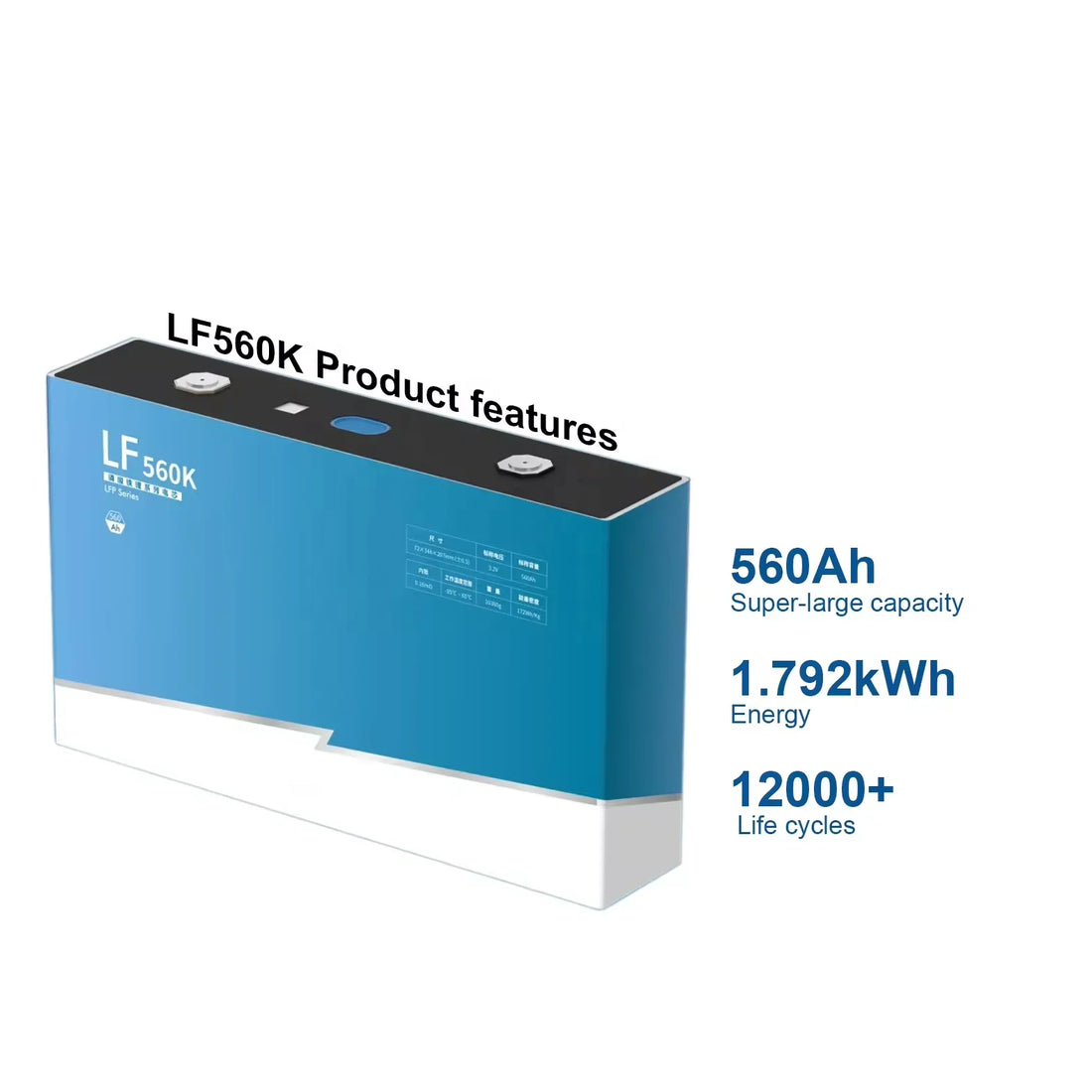
The third-generation battery cells are gradually being released, and the phase-out of the 314Ah cell is just a matter of time.
As the global energy storage market accelerates toward larger scale and higher integration, the intensive rollout of third-generation 500+Ah ultra-large capacity storage battery cells is reshaping the competitive landscape of the industry. Although the 314Ah cell — a representative of the second generation of storage batteries — still holds a mainstream position in the market, many industry insiders believe its lifecycle is entering the countdown phase, squeezed by both technological upgrades and cost pressures.
From a market penetration perspective, the 314Ah cell experienced explosive growth in 2024. According to industry data, in the first half of 2024, 314Ah cells accounted for 22% of lithium battery shipments in the power storage sector in China, with shipments exceeding 23GWh. In large-scale centralized procurements led by top-tier companies, the share of 314Ah cells has repeatedly hit new highs.
For instance, in a centralized procurement project launched by China Electric Equipment Group in July 2024, the 314Ah cell accounted for a remarkable 76% of the total, with a scale of 11.1GWh. This growth has been driven by a 12% capacity increase — achieved through material system optimization — without changing the size of the 280Ah cell, reaching an energy density of 180–190 Wh/kg and reducing system costs by 8%. By the end of 2024, the overall market penetration of the 314Ah cell in the energy storage market had surpassed 40%, with some niche sectors reaching as high as 80%.
However, the tide of technological advancement is quickly eroding the market foundation of the 314Ah cell. Third-generation storage cells represented by 500+Ah capacities are achieving breakthroughs in key metrics such as energy density and cycle life through dimensional optimization (increasing volume by 20%–30%) and process innovation. Examples include Sungrow’s recently launched 684Ah storage cell, EVE Energy’s mass-produced 628Ah ultra-large cell, and Envision Energy’s 500+Ah cell designed for 6.25MWh storage systems. This generational leap is driving storage systems toward higher capacity and lower costs — systems using 500+Ah cells can reduce land usage by 20% and construction workload by 15% compared to traditional 5MWh solutions.

The accelerated layout of the industry chain further signals a restructuring of the market landscape. Leading companies such as CATL, EVE Energy, Hithium, and Sungrow have fully launched mass production plans for 500+Ah battery cells and the large-scale energy storage products built around them. The industry is shaping into a competitive structure where multiple technical paths — ranging from 500Ah to 700Ah — coexist. According to industry forecasts, mass production of 500+Ah cells is expected to peak in the second half of 2025, at which point their share of new installations is projected to quickly exceed 30%.
The cost competition is also tilting in favor of higher-capacity cells. Although the current theoretical cost of 314Ah cells has dropped to 0.31 RMB/Wh (excluding tax), 500+Ah cells are gaining a growing cost-per-kWh advantage through economies of scale and structural optimization. With lithium carbonate prices remaining in a low range, leading enterprises — leveraging in-house material systems and capacity expansion — have already pushed the theoretical cost of 500+Ah cells below 0.28 RMB/Wh, forming a clear competitive edge over the 314Ah products from second- and third-tier manufacturers.
That said, the 314Ah cell has not completely lost its place in the market. Thanks to its mature supply chain and compatibility with existing production lines, it will continue to serve in small- and medium-sized storage projects and specific overseas markets. However, in the mainstream market, as 500+Ah cell production ramps up and costs decline, the market share of 314Ah cells is expected to enter a period of accelerated decline after 2025. As industry projections suggest, once the market penetration of 500+Ah cells exceeds 50%, the 314Ah cell may gradually be phased out from the core product lines of leading enterprises and be taken up instead by second- and third-tier manufacturers to serve legacy markets.
